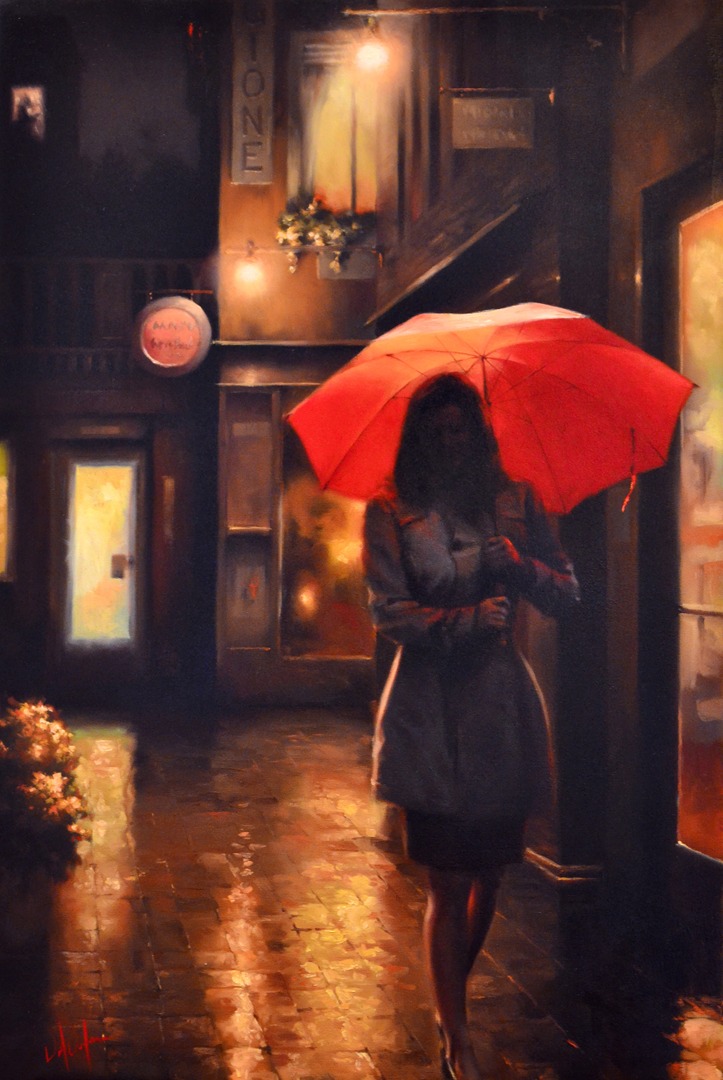A man and a woman gaze pensively at a quiet evening landscape. The glassy water of the bay reflects the soft twilight.
The light falls on the pair from the left.
The woman is wearing a long white dress, while the man, his arms crossed and resting a foot on the balustrade, is dressed in a dark suit. Quietly, the couple contemplate Nature.
The landscape reflects the calmness of their mood - or is there something more going on under the surface?
Is there not a sense of psychological or erotic tension between the two?
Between human civilization and Nature there is a boundary, here represented by the balustrade, with its human-like openings. The rowing boat in the centre of the image, moored to a jetty, may have a symbolic meaning. Perhaps it stands for the ties of marriage, for the juxtaposition of security and liberty, or a longing to escape culture for a while.









%2B-%2BTwo%2BChildren%2Bwith%2Ba%2BCat%2C%2B1629.jpg)
%2B-%2BTwo%2BChildren%2Bwith%2Ba%2BCat%2C%2B1629.jpg)














%2BSaint%2BGermain%2Ben%2BLaye.jpg)
%2BSaint%2BGermain%2Ben%2BLaye.jpg)























